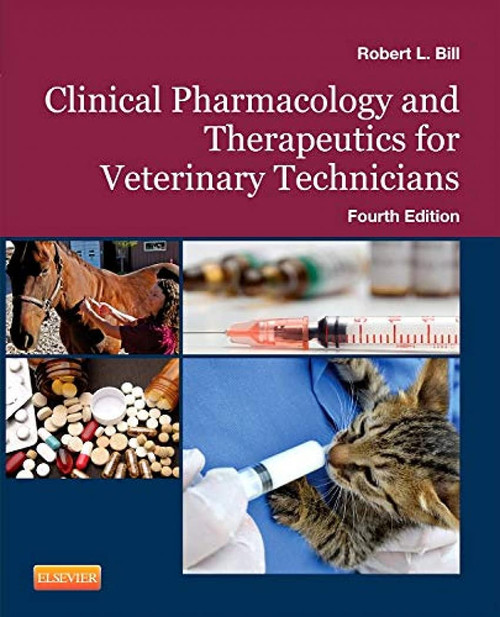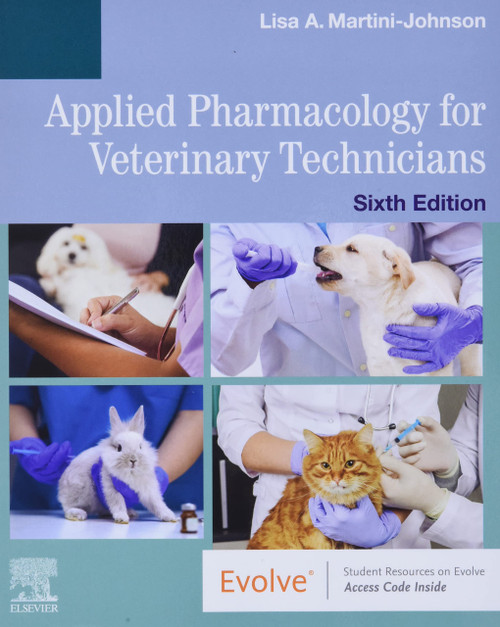In order to facilitate a better understanding of the how's and why's behind current drug therapies administered in the veterinary field, this text takes a comprehensive look at therapeutic agents in use today. Following a unique body systems organization method, this text clearly identifies and rationalizes the effects of veterinary medication treatments that will allow better anticipation of a patient's response to various remedies. A variety of review methods including self-tests, summary tables, and critical thinking questions aid the reader's understanding of material presented and allow for practical application in the veterinary world.
- Covers fundamental principles of pharmacology in a manner appropriate for both veterinary technicians and students.
- Provides strong introductory content on safety, terminology, pharmaceutical procedures, drug handling, dosage calculations, and pharmacokinetics.
- Systematically organized, using chapter outlines for ease of pinpointing desired material, key terms, and learning objectives to better focus readers' learning.
- Summarizes ideas presented using review questions to better facilitate comprehension, and integrated Pharm Facts boxes highlighting important points within the text.
- Contains the latest OSHA requirements of safe drug and chemical handling in professional environments.
- New and updated information is presented on all drug categories including new types, applications of existing drugs, and descriptions of previous methods employed.
- The original, modern design features using a full-color format, new artwork, and a visually engaging design.
- Clinical Applications vignettes included in the text emphasize concepts related to how problems have arisen with individual drugs or therapies, and what can be learned to avoid similar situations.
- Self-test questions have been added to the end of each chapter, to help readers prepare for national and state credentialing examinations, as well as classroom work.








